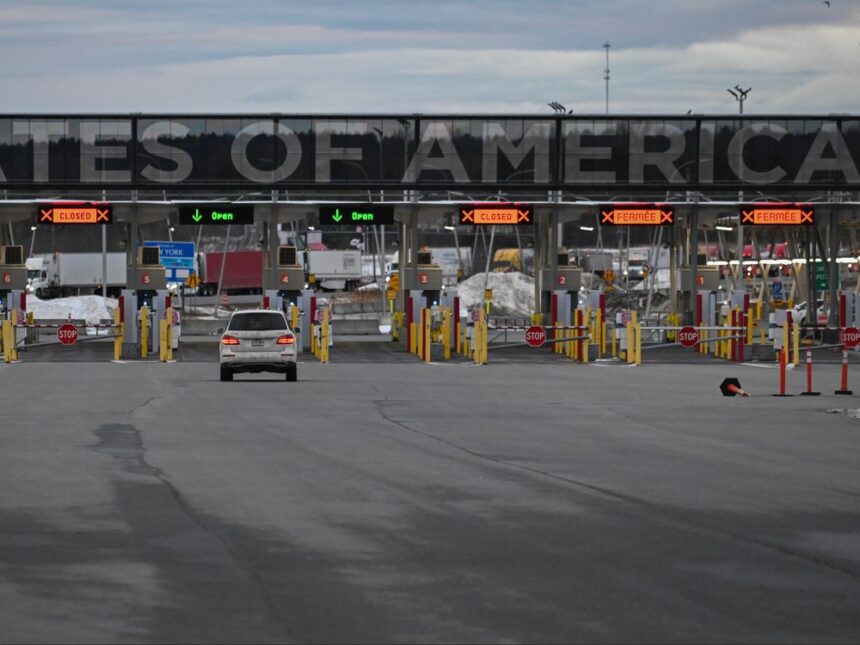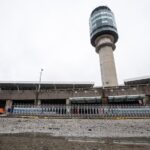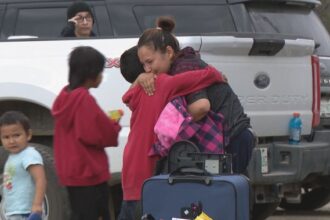In the early hours of a frigid February morning, a young Haitian family of four crossed into Quebec through an unmarked forest path near Roxham Road. Their journey—spanning multiple countries and thousands of kilometers—echoes a concerning pattern emerging along Canada’s southern border in 2024. Immigration officials are reporting a significant uptick in asylum claims, with numbers already outpacing last year’s figures by an estimated 30 percent.
“We’re witnessing unprecedented pressure on our processing systems,” says Jean-Pierre Fortin, President of the Customs and Immigration Union. “The volume we’re seeing in the first quarter of 2024 suggests we could be looking at the highest numbers since the 2017 surge.”
Data from Immigration, Refugees and Citizenship Canada reveals that Quebec has processed over 7,800 irregular border crossings since January, with Haitian nationals representing approximately 40 percent of claimants. This marks a dramatic shift from previous years when asylum seekers predominantly originated from Central and South America.
The surge comes despite the closure of Roxham Road—once the epicenter of irregular crossings—following a renegotiation of the Safe Third Country Agreement between Canada and the United States last year. Rather than stemming the flow, the closure appears to have redirected asylum seekers to more dangerous, less monitored crossing points.
“Closing Roxham Road was like putting a finger in one hole of a leaking dam,” explains Dr. Christina Thompson, migration policy analyst at the University of Toronto. “People fleeing desperate situations will find alternative routes, often at greater personal risk.”
Quebec Premier François Legault has called on the federal government to address what he terms a “crisis situation,” requesting additional financial support for the province’s strained reception services. In a statement released through his office, Legault emphasized that Quebec’s resources for housing, education, and healthcare are reaching capacity limits.
“The province is bearing a disproportionate burden of Canada’s asylum system,” Legault stated. “We need immediate federal intervention and a more equitable distribution of claimants across provinces.”
Federal officials maintain they are responding appropriately to the situation. Immigration Minister Marc Miller pointed to recently announced measures including expedited work permits for asylum seekers and increased funding for temporary housing solutions. “We’re balancing our humanitarian obligations with the need for orderly migration,” Miller said during a press conference covered by CO24 News.
The situation has ignited heated political debate in Ottawa, with opposition parties criticizing the government’s border management. Conservative critics argue for stricter enforcement, while NDP representatives call for expanded refugee support services and faster processing times.
Meanwhile, community organizations in Montreal are reporting severe strain on their resources. “We’re seeing families sleeping in church basements because there’s simply nowhere else for them to go,” says Marie Cloutier, director of Refuge Montreal, a non-profit supporting newcomers.
Economic impacts remain complex. Some business sectors report benefits from the influx of potential workers amid labor shortages, while municipal governments express concern about housing pressures and social service costs.
International factors driving the surge include deteriorating conditions in Haiti, where gang violence has created what UN officials describe as a humanitarian catastrophe. Changes to U.S. immigration policies have also influenced migration patterns throughout the Western Hemisphere.
As temperatures warm with the approaching spring, immigration officials anticipate further increases in crossing attempts. This leaves Canadian authorities with difficult questions about the balance between humanitarian responsibilities and immigration control: How can Canada maintain its commitment to refugee protection while ensuring border integrity? And perhaps more fundamentally, how should a wealthy nation respond when those fleeing impossible circumstances see Canada as their last, best hope?

























